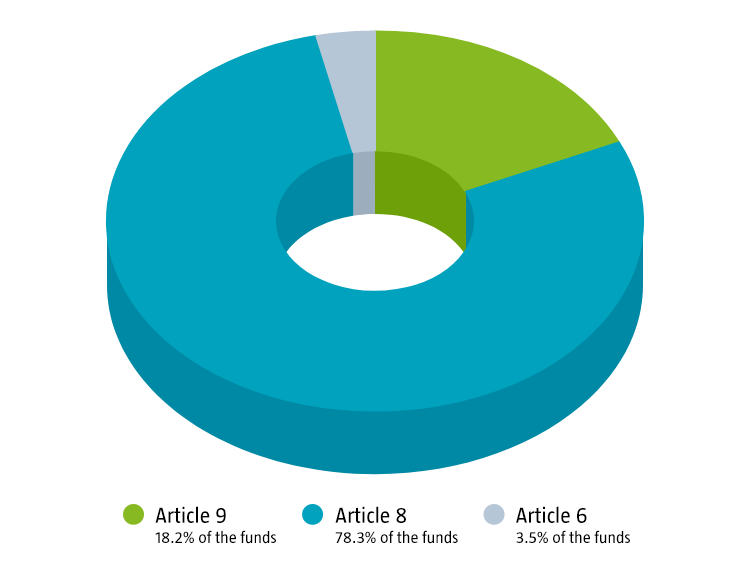Sustainable Finance Action Plan
The Sustainable Finance Action Plan is not just another piece of EU regulation. It will completely shake up sustainable investing across the 27-nation European Union and create a level playing field for how funds are classified.
Our stories and policies explain how this will all work in the years to come.
Introducing the Sustainable Finance Action Plan
The epic production that is the EU’s Sustainable Finance Action Plan, and its key component, the Sustainable Finance Disclosure Regulation, aims to direct trillions of euros into sustainable investing. It will also show people exactly how sustainable an investment strategy is, combatting greenwashing.
The new regulatory framework can be an alphabet soup of acronyms such as the SFAP and SFDR, along with newly introduced concepts such as the EU Taxonomy and European Green Deal. Our Glossary of Sustainable Investing explains the main ingredients in simple language, with graphics and charts in places.
Glossary of SIResults of EU fund classification reflect sustainability of Robeco’s fund range
The Sustainable Finance Disclosure Regulation forces asset managers to disclose the level of sustainability integration for their different strategies.
Almost all of Robeco’s funds are aligned to Article 8 or 9 of the EU’s new sustainability regulations.
More information on the classifications can be found in the documents section of our Fund Selector.
Fund selector
96% of our funds classify as Article 8 or 9

Source: Robeco, January 2022
Sustainability risk and integration
No investment is without risk: the skill is to manage that risk by using environmental, social, and governance (ESG) factors in the investment process. This chapter explains how the Sustainable Finance Disclosure Regulation will require asset managers to show how they integrate sustainability risks in policies, procedures and governance structures throughout their entire organization.
Read more Sustainability Risk PolicyThe EU Taxonomy
Everyone agrees that sustainable investing is the way forward, as the world faces diminishing resources and climate change. But not everyone agrees on how to define it. The EU Taxonomy sets out the criteria for what is environmentally sustainable, using six objectives that will apply across the bloc. Here we explain the meaning of greening, and how it affects investments at Robeco.
The implementation timeline
December 2019
Publication of EU SFDR Level 1 requirements
March 2021
Categorization of funds
Update legal fund documents
Publish policies incl. on sustainability risk and principle adverse impact statement
1 January 2022
Annual report requirements
Report on first Taxonomy compliant investments per fund
Expected application of SFDR Level 2 requirements
1 January 2023
Report on adverse sustainability impact at fund level
Report on additional Taxonomy compliant investments per fund
Source: Robeco
Assessing adverse impact indicators
Just as no sustainable investment is without risks, all companies make an impact on the environment, both good and bad. The regulation requires both companies and asset managers at the entity and financial product level to lay out their Principal Adverse Impact indicators. Bureaucracy, or a refreshing step forward? Our story explains how it will certainly enhance transparency.
Read more Principal Adverse Impact Statement
